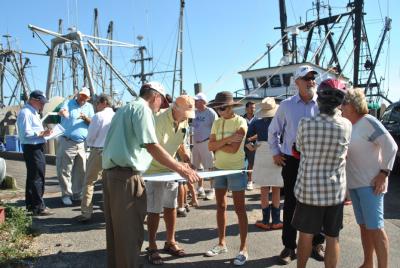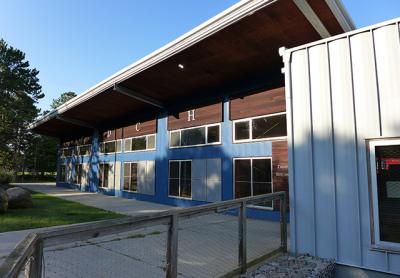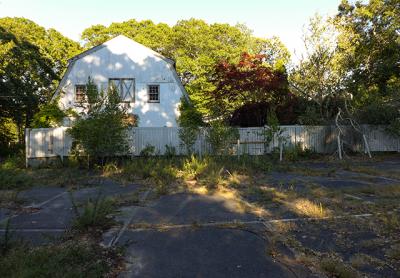Sharp Eyes Turned to Montauk's Future
Sharp Eyes Turned to Montauk's Future

The future of Montauk's downtown and harbor areas is under intense discussion this week as a team of planning consultants leads interested members of the public through a series of discussions and workshops Thursday through Saturday.
On walking tours in and around the downtown on Wednesday morning, and throughout the harbor area that afternoon, consultants observed conditions firsthand and collected information from members of the public who accompanied them about problem areas, issues residents would like to see addressed or solved, and potential opportunities for improvements.
Topics ranged from traffic to sidewalks, affordable housing, recreation, the fishing industry, and more. A brainstorming session on Wednesday night followed, during which the information about public concerns was collected through notations on large maps of Montauk.
Thursday night at 6:30, the process will continue with a modeling exercise focused on the downtown. Friday night, also at 6:30, a similar approach will hone in on the harbor area.
On Saturday morning at 9, the consultants, after taking in the public comments, will present an overview of the needs, problems, and wishes identified during the planning sessions, as well as some potential actions -- policies, laws, or structural changes -- for town officials and the public to consider.
All are welcome to attend any of the sessions, which will all be held at the Montauk Playhouse gymnasium. Information about the intensive planning sessions, called charrettes, is on the East Hampton Town website's hamlet study page.
Detailed analysis by members of the consulting team, focusing on the town's economy as well as on transportation and traffic, will be incorporated into a report to be presented later this year by the group, led by the firm Dodson and Flinker.
Those who wish to provide information or comments to the consultants may send an email to [email protected].



